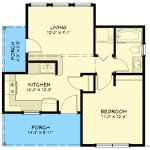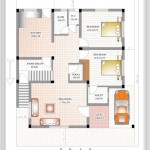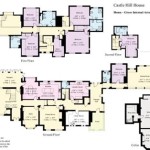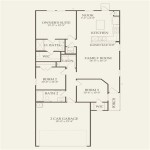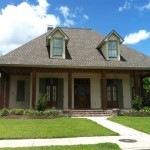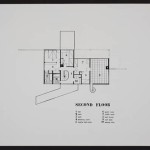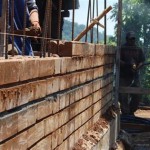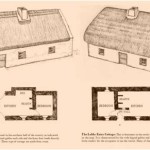Antebellum House Plans: A Journey Through History
Antebellum architecture, characterized by its timeless charm and graceful lines, holds a significant place in American history. If you're captivated by these elegant homes and aspire to build your own, understanding the essential aspects of historic antebellum house plans is paramount.
1. Regional Variations
Antebellum homes showcased regional diversity, adapting to local climates and tastes. In the South, grand plantation homes with wide porches and tall columns were prevalent, while in the North, more modest Greek Revival and Gothic Revival designs flourished.
2. Symmetrical Design
Symmetry reigned supreme in antebellum architecture. The designs often featured a central hall flanked by identical rooms on either side, ensuring a sense of balance and order.
3. Grand Porches and Columns
Spacious porches wrapped around the sides and fronts of antebellum homes, providing shaded areas for outdoor living. The use of columns, often Doric or Ionic in style, added an air of grandeur and sophistication.
4. Large Windows and Natural Light
Antebellum homes were designed to maximize natural light, featuring large windows and transoms. The ample windows not only illuminated the interiors but also created a connection to the surrounding landscape.
5. High Ceilings and Ornate Moldings
High ceilings and intricate moldings were hallmarks of antebellum architecture. The soaring ceilings added a sense of volume and grandeur, while the moldings adorned doorways, windows, and ceilings with decorative flourishes.
6. Formal and Informal Spaces
Antebellum house plans balanced the need for formal entertaining with the comfort of private living. The first floor often featured a central parlor, dining room, and drawing room, while the second floor provided bedrooms and more informal spaces.
7. Historical Accuracy
When designing an antebellum house, it's essential to prioritize historical accuracy. Research original plans, consult with architectural historians, and select materials and finishes that reflect the period. By adhering to historical details, you'll create a home that captures the spirit and charm of the antebellum era.
8. Modern Amenities
While maintaining historical accuracy is important, it's also possible to incorporate modern amenities into your antebellum home. Hidden appliances, modern lighting systems, and energy-efficient windows can be seamlessly integrated into the design without compromising its historical integrity.
By carefully considering these essential aspects, you can create an antebellum house plan that blends the timeless elegance of the past with the comforts and conveniences of the present. Whether you seek a grand Southern plantation or a more modest Greek Revival cottage, an antebellum home can provide a unique and enchanting living experience that will stand the test of time.
Plantation Southern Style House Plans

Architectural Home Plans Prestwould Virginia Plantation Mansion W Co Historic American Homes

Mansion Floor Plan Plantation House Plans

5 Bedrm 7433 Sq Ft Southern Plantation House Plan 153 1187

Belle Grove First Floor Plan Plantation Plans How To

5 Bedrm 7433 Sq Ft Southern Plantation House Plan 153 1187

Plantation House Plans Deep South Style Home Floor

Plantation Floor Plans Antebellum Vintage House

House Plan 73702 Southern Style With 3653 Sq Ft 5 Bed 4 Bath

Floor Plans Evergreen Plantation Wallace St John The Baptist Parish Louisiana

